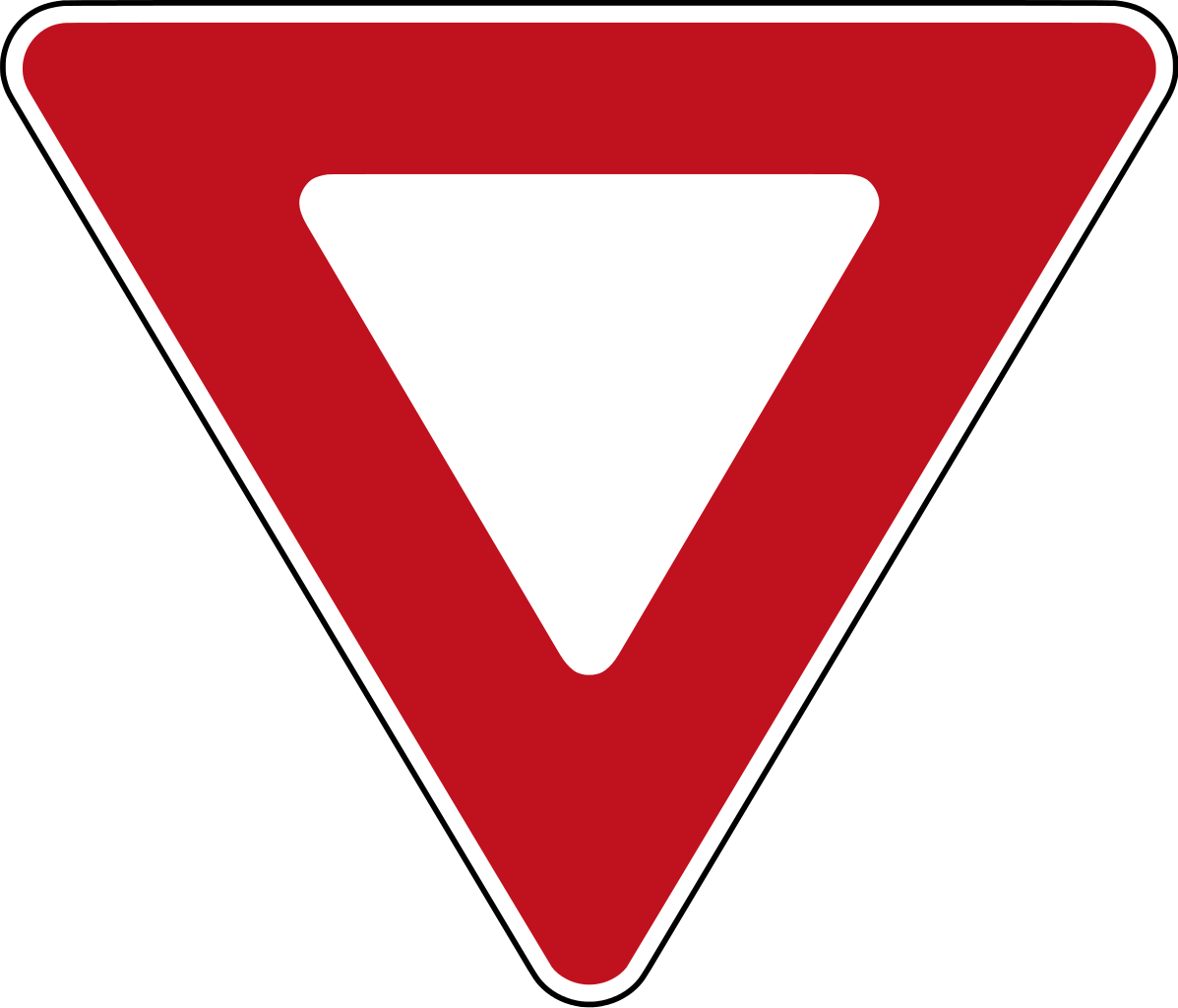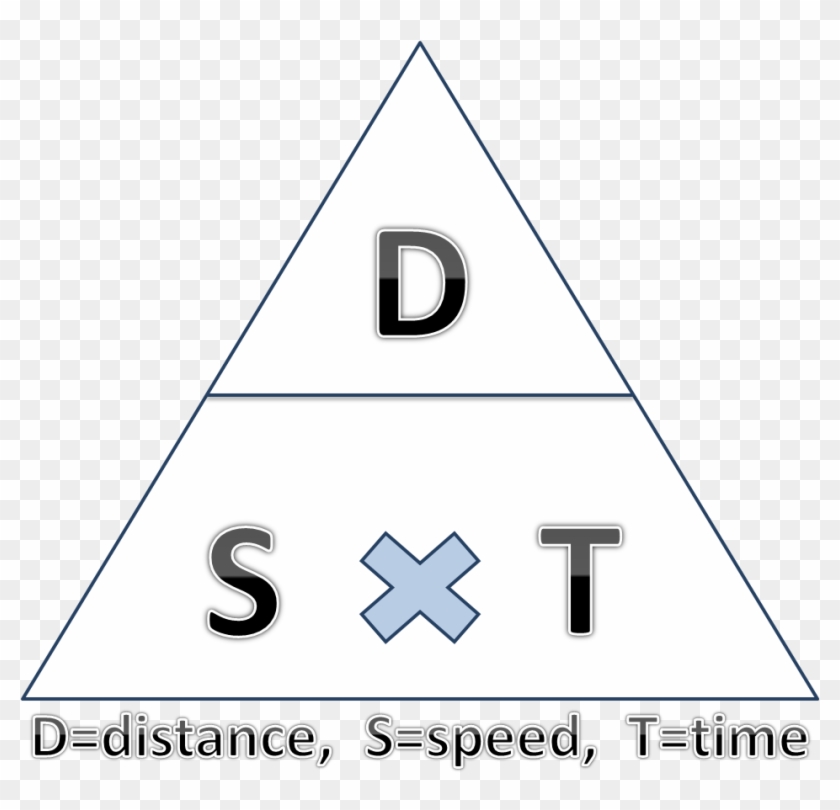Alright folks, let's dive into something intriguing today. Have you ever stumbled upon an upside-down triangle and wondered what it could possibly mean? It's not just a random shape floating around in the world of symbols. This upside-down triangle holds deep meanings across various cultures, religions, and scientific fields, and today we're going to uncover its secrets. So, buckle up because this is going to be a fascinating ride.
Now, you might be thinking, "Why does an upside-down triangle even matter?" Well, it turns out that this seemingly simple shape has a lot more to it than meets the eye. From ancient civilizations to modern-day physics, the upside-down triangle has been used to convey powerful messages. In this article, we'll explore its origins, meanings, and how it continues to influence our world today.
So, whether you're a student of philosophy, a lover of esoteric knowledge, or simply someone who's curious about the hidden meanings behind everyday symbols, this article is for you. Let's break it down and figure out what this mysterious shape is all about. Stick with me, because we're about to uncover some mind-blowing truths!
Read also:What You Need To Know About Ghost Phone Numbers
Table of Contents
- The History Behind the Upside Down Triangle
- Symbolism of the Upside Down Triangle
- Its Role in Mathematics
- Applications in Science
- Religious Interpretations
- Cultural Significance
- Psychological Perspectives
- Use in Art and Design
- Modern Usage
- Wrapping It Up
The History Behind the Upside Down Triangle
Let's rewind the clock and take a look at the origins of the upside-down triangle. This symbol has been around for thousands of years, popping up in different cultures and contexts. In ancient times, it wasn't just a random doodle; it carried profound meanings.
For instance, in ancient Greece, the upside-down triangle was often associated with the element of water. This makes sense when you think about it, because water flows downward, much like the orientation of the triangle. But it wasn't just about water. This symbol also represented femininity, fertility, and the divine feminine energy. Cool, right?
Evolution Over Time
Fast forward to the Middle Ages, and the upside-down triangle started taking on new meanings. Alchemists used it to symbolize transformation and change, which is pretty fitting given the nature of their work. They believed that by flipping the triangle upside down, they were tapping into a different kind of energy, one that was more grounded and earthly.
And let's not forget the influence of the Renaissance. During this period, artists and thinkers began exploring the geometric properties of shapes like the triangle. They saw the upside-down triangle as a representation of balance and harmony, a concept that continues to resonate with us today.
Symbolism of the Upside Down Triangle
Now that we've covered the history, let's talk about the symbolism. What does the upside-down triangle actually mean? Well, it depends on who you ask. Different cultures and traditions have their own interpretations, but there are a few common themes that keep popping up.
Read also:Most Popular Celebrity Crushes Whos Got Your Heart
Key Symbolic Meanings
- Water and Femininity: As we mentioned earlier, the upside-down triangle is often associated with water and the divine feminine. It represents qualities like intuition, emotion, and creativity.
- Earth and Grounding: In some spiritual traditions, the upside-down triangle symbolizes connection to the earth. It reminds us to stay grounded and connected to the natural world.
- Transformation and Change: Alchemists believed that flipping the triangle upside down was a powerful act of transformation. It symbolized the process of turning base metals into gold, both literally and metaphorically.
So, whether you're into astrology, spirituality, or just appreciate the beauty of symbols, the upside-down triangle has something to offer. It's a versatile shape with layers of meaning that can be interpreted in countless ways.
Its Role in Mathematics
Alright, let's switch gears and talk about math. You might be surprised to learn that the upside-down triangle plays a significant role in the world of mathematics. In calculus, it's known as the "nabla" symbol, and it's used to represent various mathematical operations.
For example, the nabla symbol is often used in vector calculus to denote gradient, divergence, and curl. These concepts might sound intimidating, but they're actually pretty cool once you understand them. The upside-down triangle helps mathematicians and scientists make sense of complex systems and phenomena.
Applications in Real Life
But why should you care about math, you ask? Well, the principles behind the nabla symbol are used in everything from weather forecasting to engineering. By understanding how this symbol works, we can gain insights into the world around us and develop new technologies that improve our lives.
So, the next time you see an upside-down triangle in a math textbook, don't dismiss it as just another weird symbol. It's actually a powerful tool that helps us make sense of the universe.
Applications in Science
Moving on to science, the upside-down triangle continues to play an important role. In physics, it's used to represent the concept of equilibrium. When forces are balanced, they form a triangle, and flipping it upside down symbolizes a shift in balance.
This idea of balance and imbalance is crucial in many scientific fields, from chemistry to biology. It helps scientists understand how systems work and how they can be manipulated to achieve desired outcomes.
Breaking It Down
Let's break it down even further. In thermodynamics, the upside-down triangle is used to represent the concept of entropy. Entropy is a measure of disorder in a system, and the triangle helps scientists visualize how energy flows and transforms.
So, whether you're studying the behavior of gases or the structure of DNA, the upside-down triangle is there, quietly doing its job. It's a reminder that even the simplest shapes can hold complex truths.
Religious Interpretations
Now, let's explore the religious side of things. Many spiritual traditions have their own interpretations of the upside-down triangle. In Christianity, it's sometimes associated with the Holy Spirit, representing the descent of divine energy into the world.
In Hinduism, the upside-down triangle is known as the "yoni," and it symbolizes the divine feminine energy. It's often depicted alongside the "lingam," which represents the masculine energy, creating a powerful symbol of unity and balance.
Modern Spiritual Practices
In modern spiritual practices, the upside-down triangle is often used in meditation and energy work. Practitioners believe that focusing on this symbol can help them tap into deeper levels of consciousness and connect with the divine.
So, whether you're a devout follower of a particular religion or just someone who enjoys exploring spiritual concepts, the upside-down triangle has something to offer. It's a symbol that transcends cultural and religious boundaries, uniting us all in its universal message.
Cultural Significance
Let's talk about culture for a moment. The upside-down triangle has made its way into popular culture in various ways. You might have seen it in movies, music, and even fashion. It's become a symbol of rebellion and non-conformity, representing the idea of flipping the script and challenging the status quo.
For example, in the world of music, artists like Beyoncé have used the upside-down triangle in their performances and album art. It's a nod to the divine feminine energy and a celebration of female empowerment. Cool, right?
Pop Culture References
And let's not forget about video games. In games like "The Legend of Zelda," the upside-down triangle is used as part of the Triforce symbol, representing balance and harmony. It's a reminder that even in the world of fantasy, this symbol holds meaning and significance.
So, whether you're a fan of pop culture or just appreciate the way symbols can transcend genres, the upside-down triangle has something to offer. It's a versatile shape that continues to inspire and intrigue us.
Psychological Perspectives
Now, let's shift our focus to psychology. The upside-down triangle has been studied by psychologists as a symbol of transformation and change. It represents the process of flipping our perspective and seeing things from a different angle.
In therapy, this symbol is sometimes used to help clients break free from limiting beliefs and patterns. By visualizing the triangle flipping upside down, clients can gain new insights and perspectives on their lives.
Breaking Patterns
Think about it this way. When you're stuck in a rut, it can feel like you're trapped in a triangle with no way out. But by flipping that triangle upside down, you create new possibilities and opportunities for growth. It's a powerful metaphor for personal transformation.
So, whether you're a psychologist or just someone who's interested in personal development, the upside-down triangle has something to teach you. It's a reminder that change is always possible, no matter how stuck you might feel.
Use in Art and Design
Alright, let's talk about art. The upside-down triangle has been used by artists and designers for centuries. Its geometric simplicity makes it a versatile shape that can be incorporated into various styles and mediums.
In graphic design, the upside-down triangle is often used to create a sense of movement and dynamism. It draws the eye and creates visual interest, making it a popular choice for logos and branding.
Design Tips
If you're an artist or designer, here are a few tips for using the upside-down triangle in your work:
- Experiment with different colors and textures to create depth and dimension.
- Combine the triangle with other shapes to create interesting patterns and compositions.
- Use it as a focal point in your design to draw attention and create balance.
So, whether you're designing a logo or creating a piece of art, the upside-down triangle can add a unique element to your work. It's a shape that continues to inspire and challenge artists around the world.
Modern Usage
Finally, let's talk about how the upside-down triangle is used in modern times. From social media to technology, this symbol continues to find new applications and meanings. It's a reminder that even the simplest shapes can hold complex truths.
In the world of technology, the upside-down triangle is often used in user interfaces to indicate menus and options. It's a subtle but effective way to convey information without cluttering the screen.
Trends and Innovations
And let's not forget about social media. Platforms like Instagram and TikTok have embraced the upside-down triangle as a symbol of creativity and self-expression. It's a reminder that we all have the power to flip the script and create something new and exciting.
So, whether you're a tech enthusiast or just someone who enjoys exploring new trends, the upside-down triangle has something to offer. It's a shape that continues to evolve and inspire us in unexpected ways.
Wrapping It Up
Well, there you have it folks. We've taken a deep dive into the world of the upside-down triangle and uncovered its hidden meanings and significance. From ancient symbolism to modern applications, this shape continues to inspire and intrigue us.
So, the next time you see an upside-down triangle, take a moment to appreciate its complexity and beauty. It's more than just a shape; it's a symbol of transformation, balance, and unity. And who knows? Maybe it'll even inspire you to flip the script in your own life.
Now, I want to hear from you. What do you think the upside-down triangle means to you? Leave a comment below and let's start a conversation. And if you enjoyed this article, don't forget to share it with your friends and check out some of our other content. Thanks for reading, and until next time, keep exploring!


